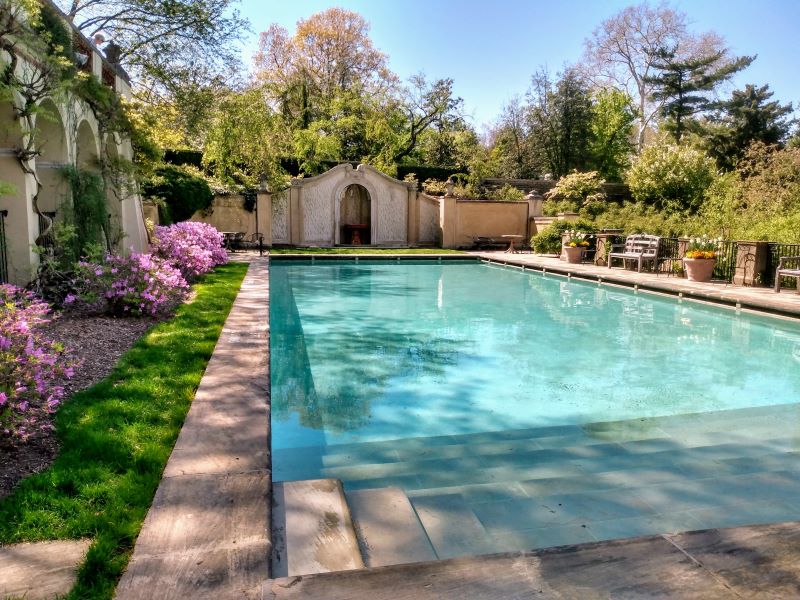
Dumbarton Oaks Museum and Gardens is a missed opportunity for many visitors to Washington, DC. It’s a bit off of the main tourism lane and unfortunately, too many miss this gem.
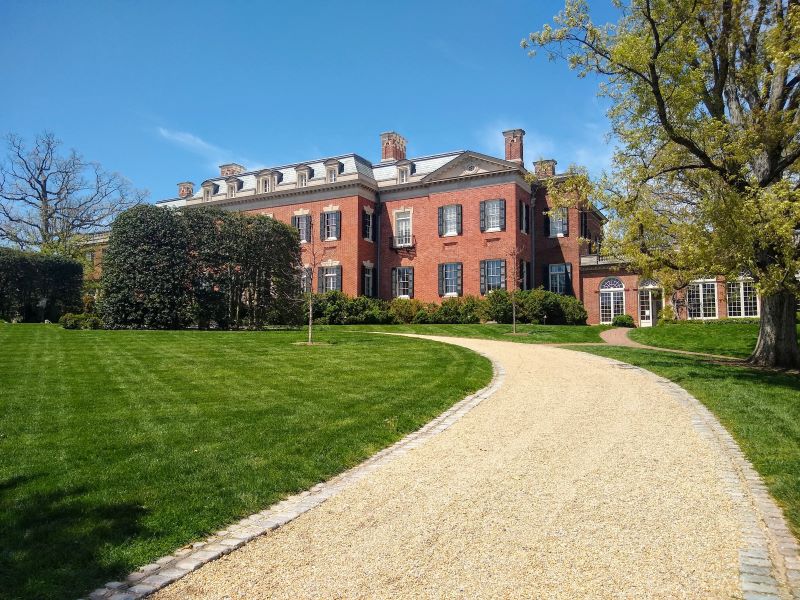
The Museum
We’d been waiting for two years to visit Dumbarton Oaks. While the gardens mostly stayed open during the pandemic, the museum was closed. We wanted the full experience, so we waited. It did not disappoint. The museum is housed in a wing built off of the main house and while it is somewhat small, it is impressive.
Two main collections within the museum are the Byzantine Gallery and the Pre-Columbian Galleries. Pieces in the collections date back to the middle ages. The jewelry and seals were incredible. I think my favorite though, was the collection of utensils from the Byzantine Table, which date back to the 5th century.
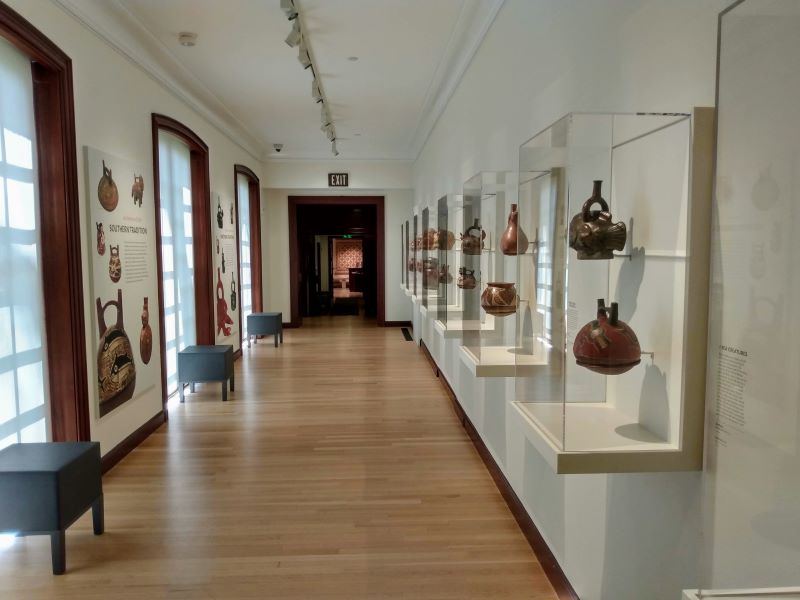
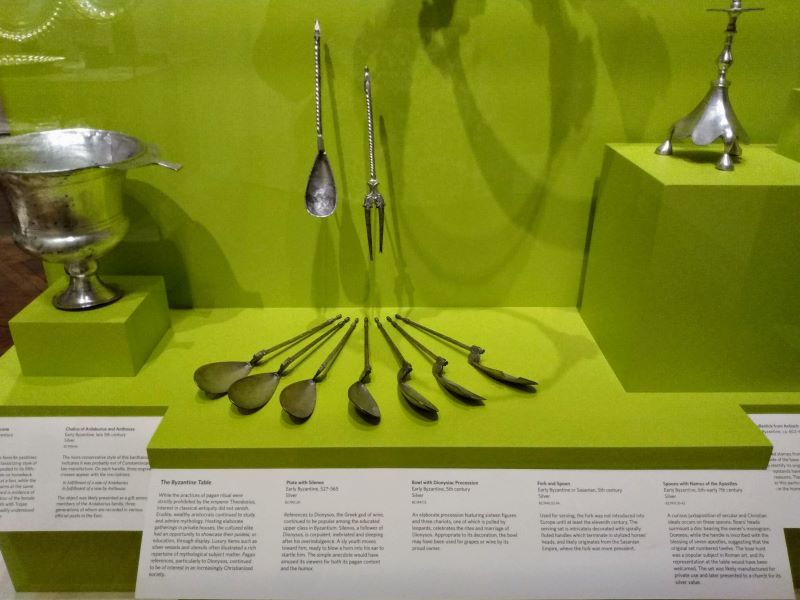
While exploring the museum galleries we came upon the Music Room and our jaws dropped. The room was an addition to the home built in the renaissance style in 1928. It was used for concerts, gatherings and at times diplomatic conferences. The Music Room is the only room in the house that is open to visitors. There is a vast library collection, but seemingly not open to visitors.
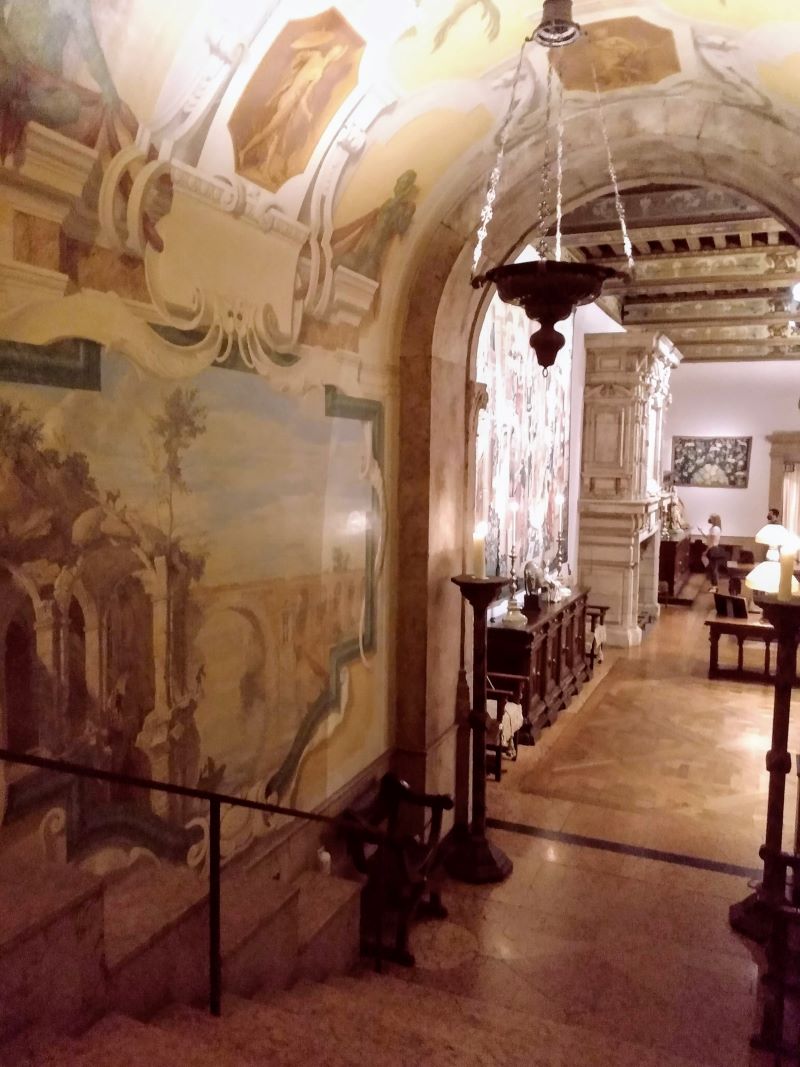
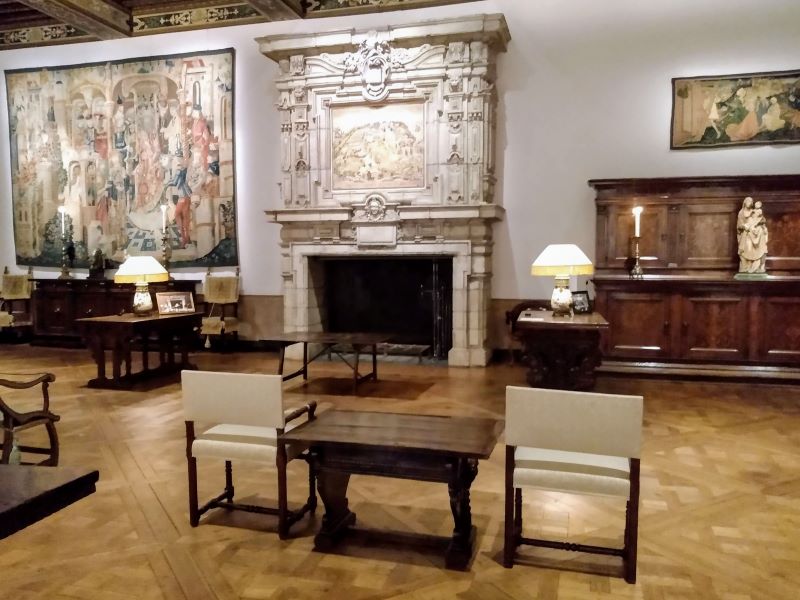
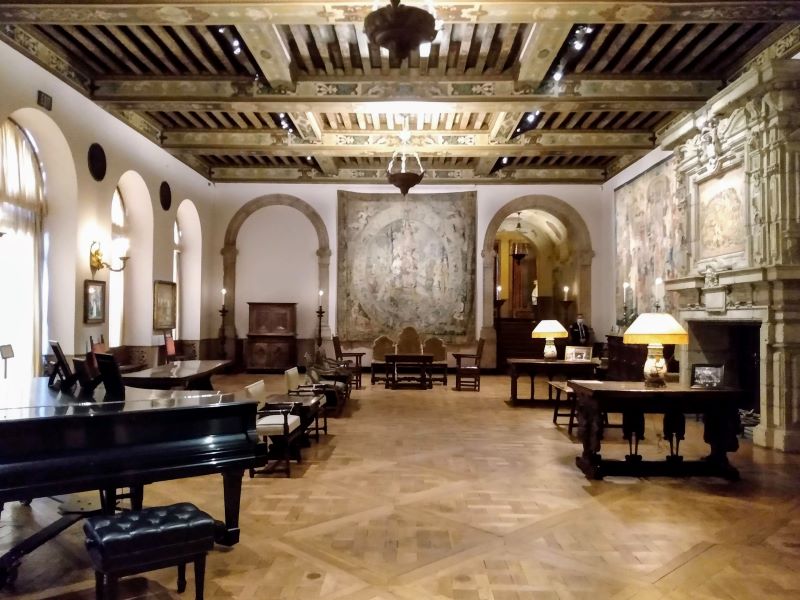
Mr. & Mrs. Bliss
I should stop here and introduce Mr. & Mrs. Bliss, Robert and Mildred. They bought the home and property in 1920. They enlarged the home and named it Dumbarton Oaks and over time acquired 54 acres of land. In 1933 they retired to Dumbarton Oaks. It was at that time they began in earnest to create a research institute. Robert was an American diplomat in the foreign service, an art collector and a philanthropist. Mildred was heir to the Fletcher’s Castoria Medicine fortune, an art collector and philanthropist.
Interesting tidbit: Though there was no blood relation, Robert and Mildred grew up together as step brother and sister.
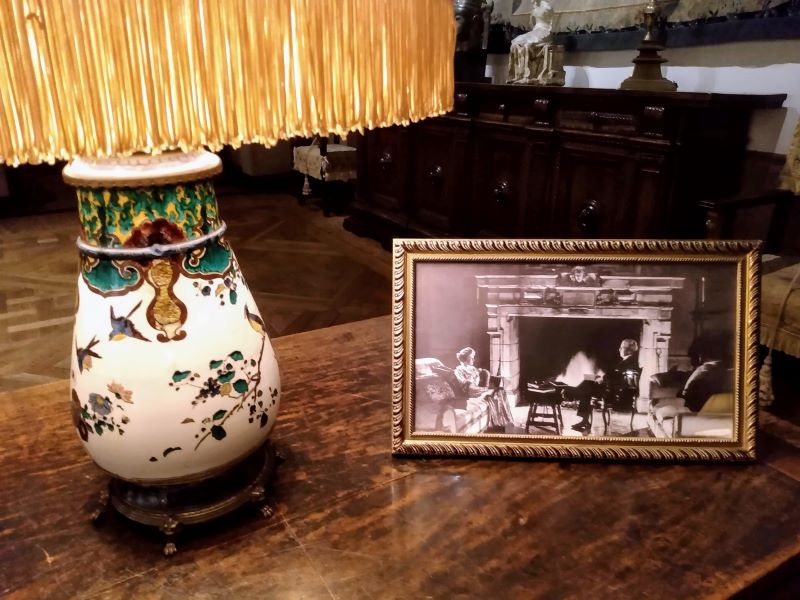
Together they created the Dumbarton Oaks Research Library and Collection. In 1940 they donated Dumbarton Oaks and approximately 16 acres to Harvard University, Robert’s alma mater. At the same time, they donated approximately 27 acres to the National Park Service. The park, Dumbarton Oaks Park, is a public park not to be confused with the Dumbarton Oaks Museum and Gardens.
The Gardens
The gardens are breathtaking to say the least. And, just as they were designed to do, there are blooms throughout the year. With trails through the trees, fountains, terraces and Juliet style balconies, the gardens are a feast for the senses.
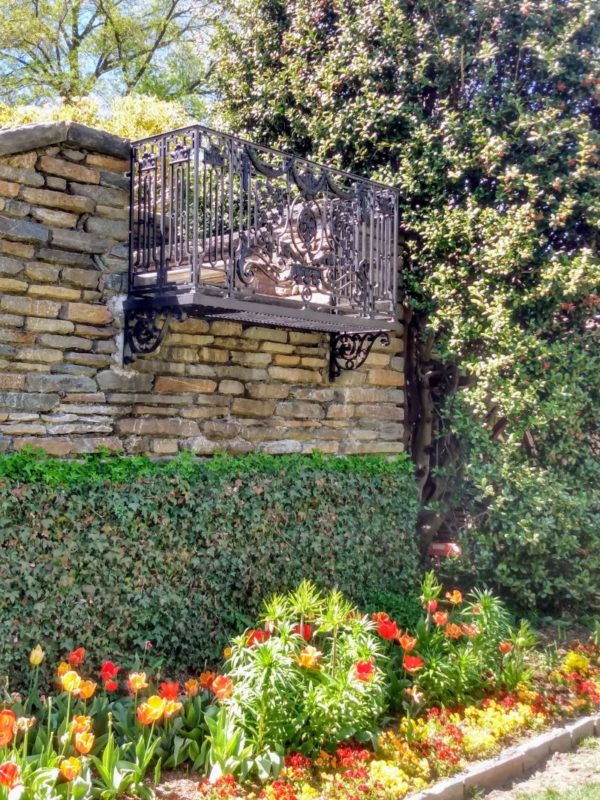
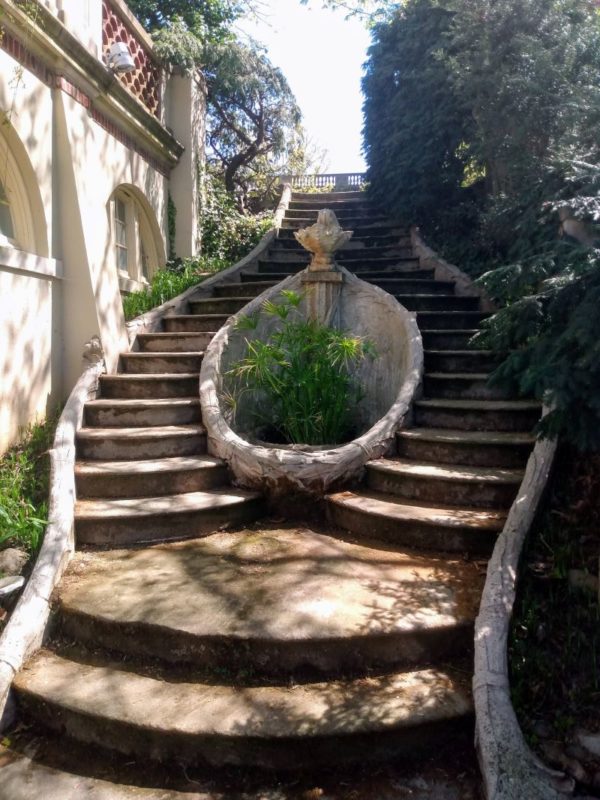
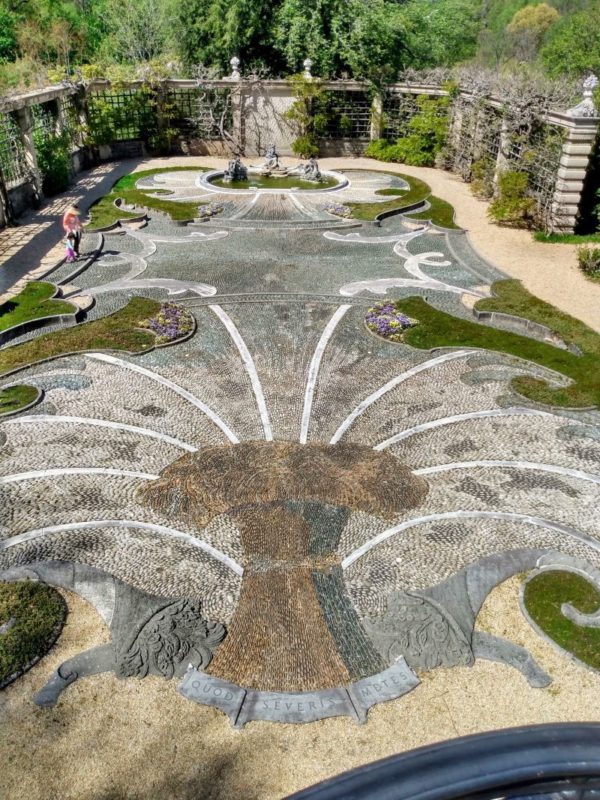
In 1921, just a year after purchasing the property, Mildred Bliss hired Beatrix Farrand to design the gardens and the rest as they say, is history. For nearly 30 years the two women collaborated to create and maintain the gardens.
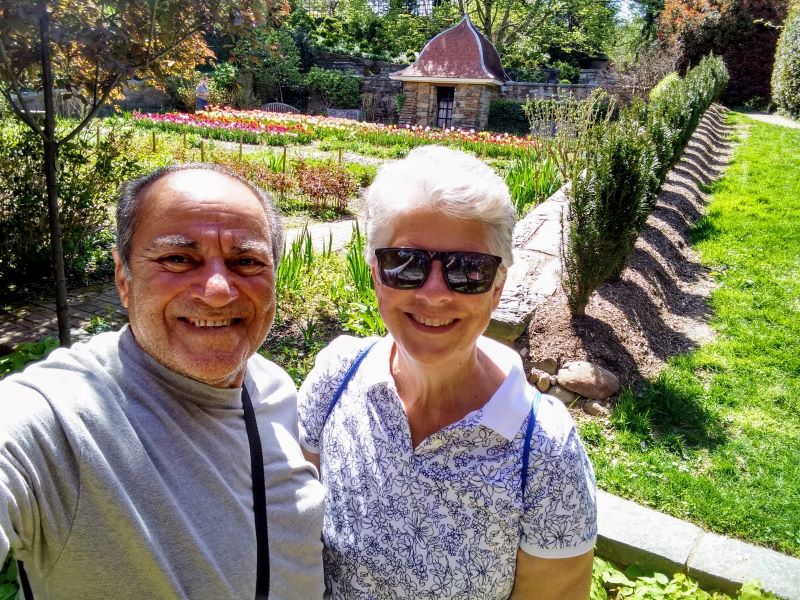
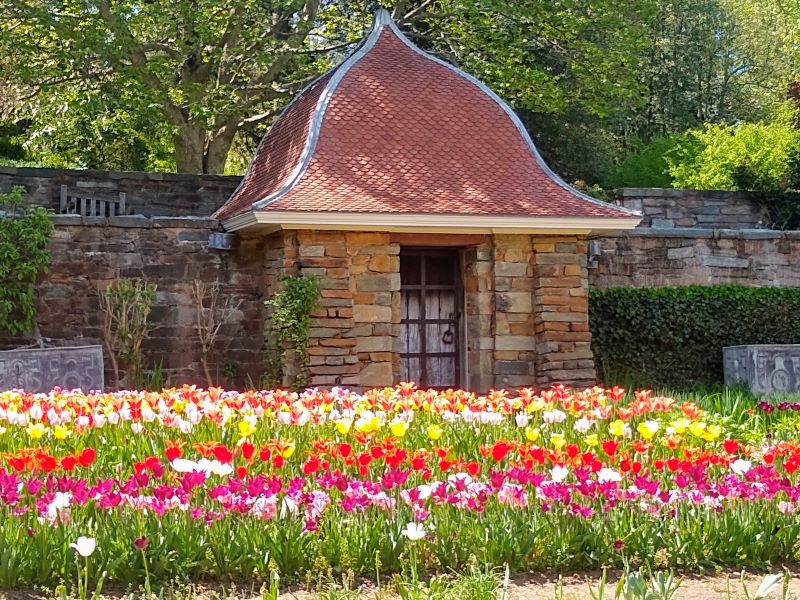
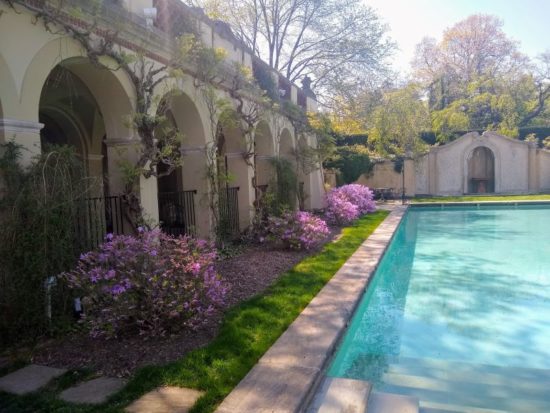
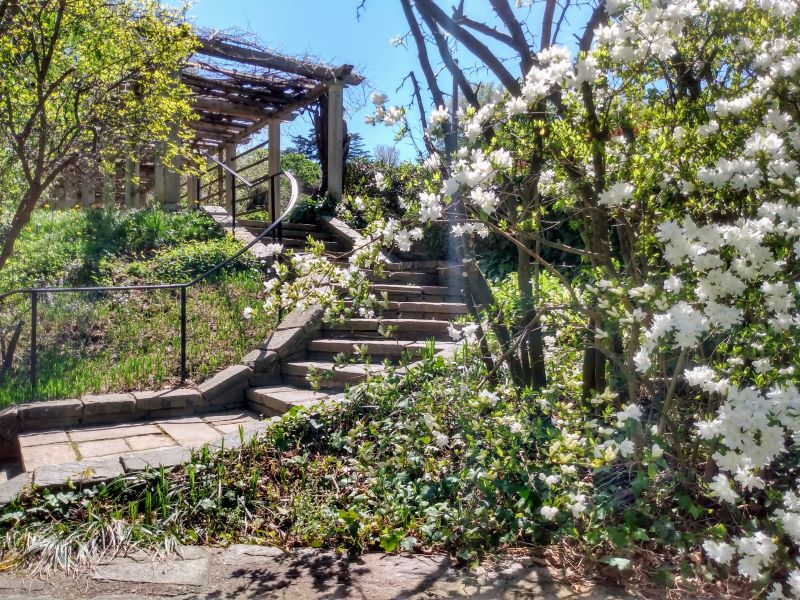
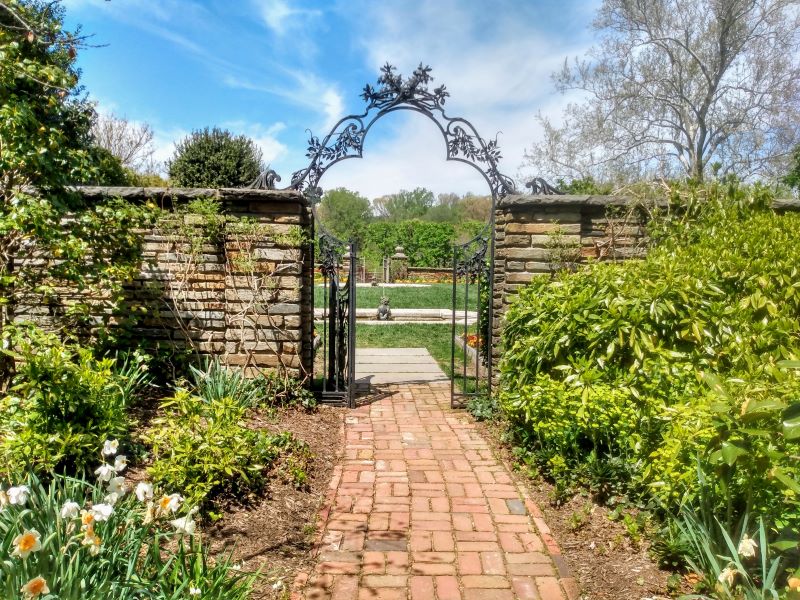
After Beatrix relocated to California in the 1930’s, Ruth Havey, a member of Farrand’s staff, became an integral member of the collaboration. When Mr. & Mrs. Bliss donated Dumbarton Oaks to Harvard in 1940, the gift included the upper 16 acres of the gardens. It’s these 16 acres that are open to visitors.
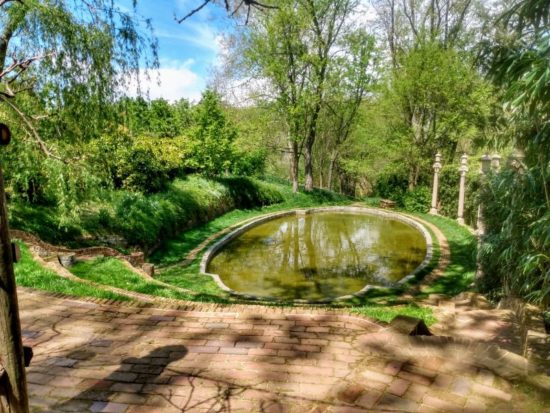
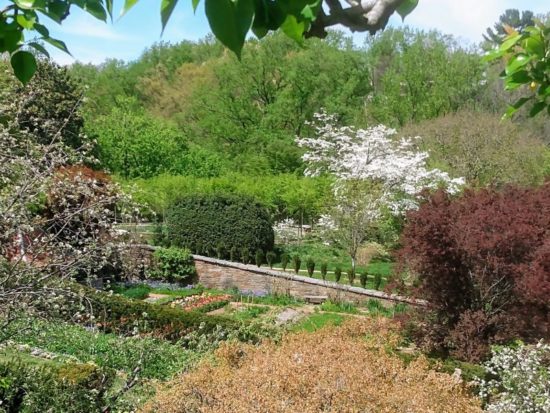
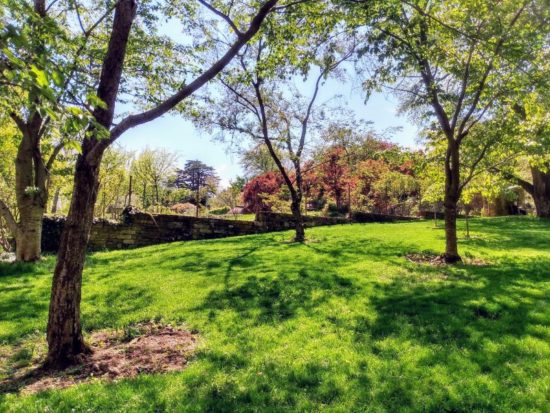
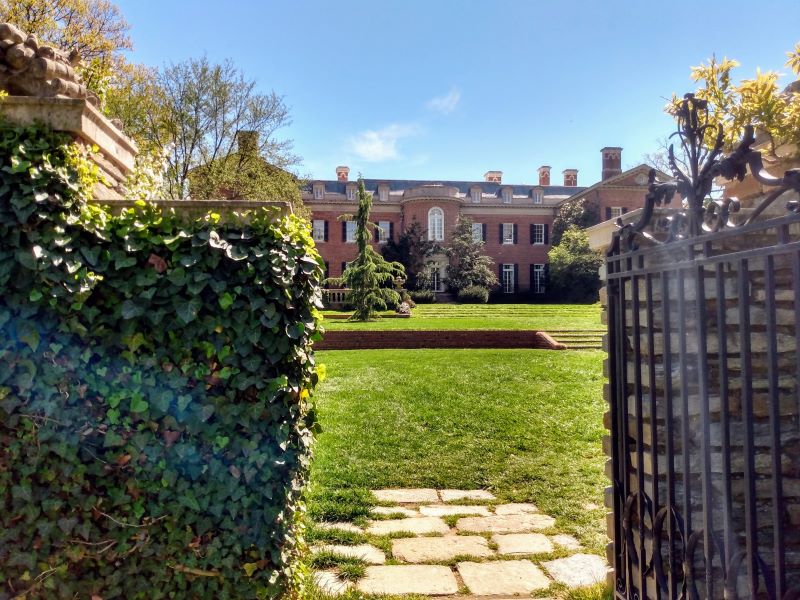
Timing of Admission Entry
The museum is free to visitors, but they do require a timed entry ticket which we reserved online. Upon arrival we were asked for our ID, proof of vaccination and masks were required. The vaccination and mask requirement could change with time, but best to check the website before your visit. We spent a little over an hour in the museum and felt it was a good amount of time.
The gardens open at 2:00 in the afternoon, but they are not accessible from the museum. We finished exploring the museum with about 45 minutes to spare before our garden entry, so we took a stroll to the closest Starbucks (on Wisconsin Ave.) for a cold drink.
There is an admission fee for the gardens from March – October (regular season) and from November to March admission is free. I suspect the gardens are pretty even under a blanket of snow.
Don’t forget to subscribe to our YouTube Channel. Please and thank you!
- Gardens: 31st & R Streets NW
- Museum: 1703 32nd Street NW
- Closest Metro Station: Dupont Circle “How to Ride the DC Metro”
- Limited 2-hour street parking
- Open daily except Mondays & holidays
- Restrooms available
- Gift Shop
- Lockers available
- No food/beverage available for purchase
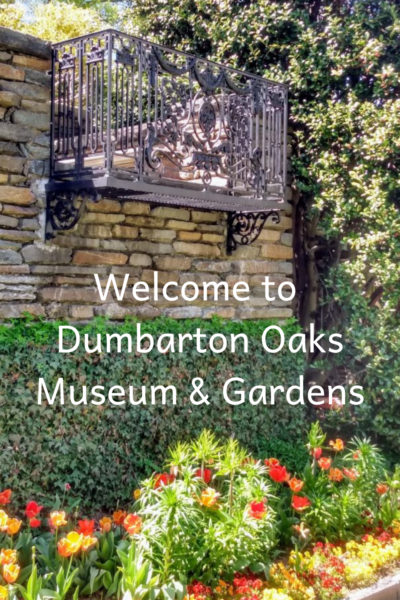



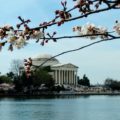

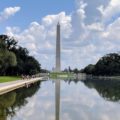
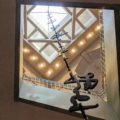
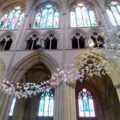





After reading your fascinating post about Dumbarton Oaks and the Blisses, it’s another reason to stop a while in the DC area, Patti! I also really liked your garden photos.
Annie Berger recently posted…3/31/22: Onto Marvelous Maui!
Thank you for the kind feedback, Annie. There is so much to experience in DC, we’re still discovering and enjoying.
Reminds me of Filoli near San Francisco.
It’s been decades since we visited Filoli, but from what I remember I’d say it’s a good comparison.